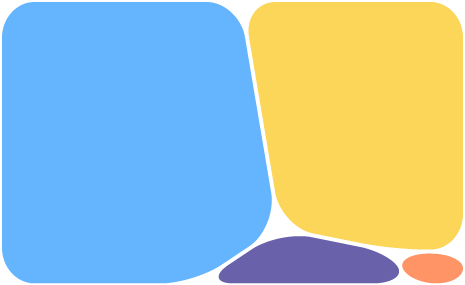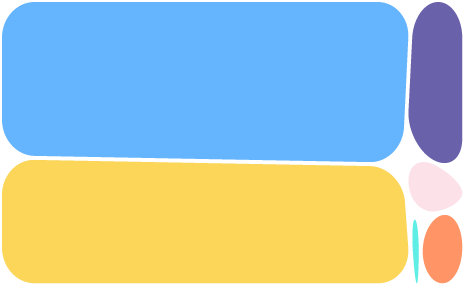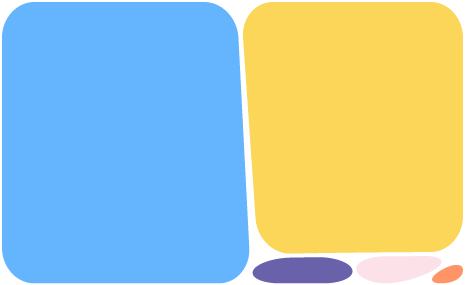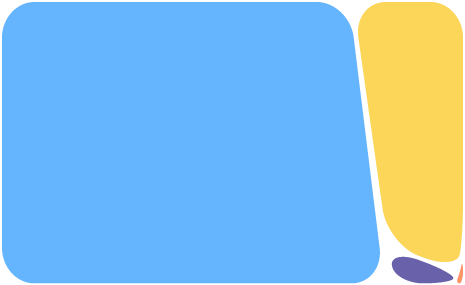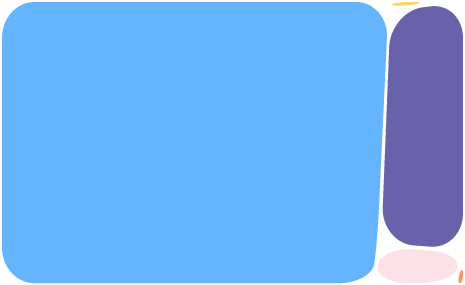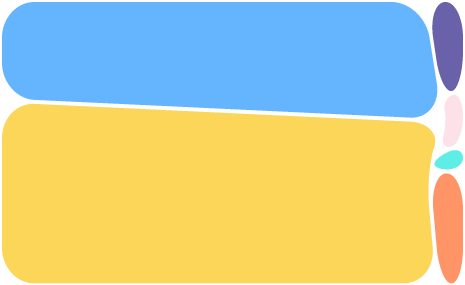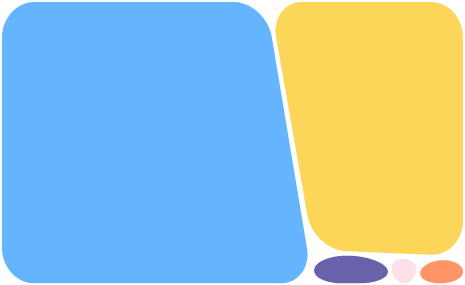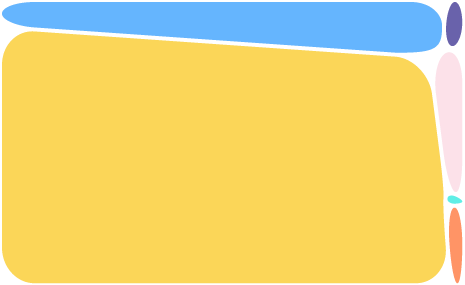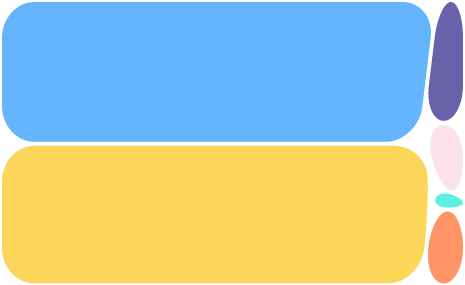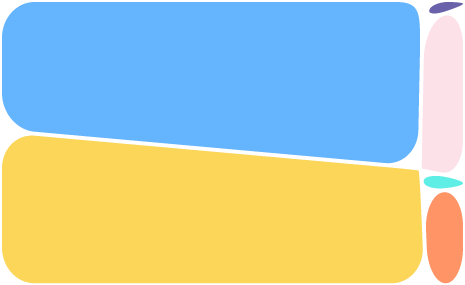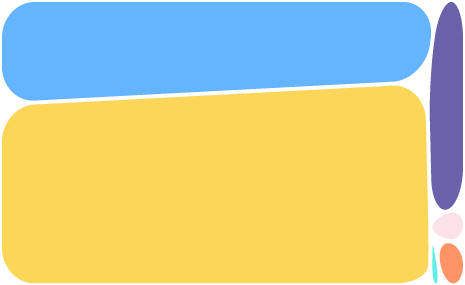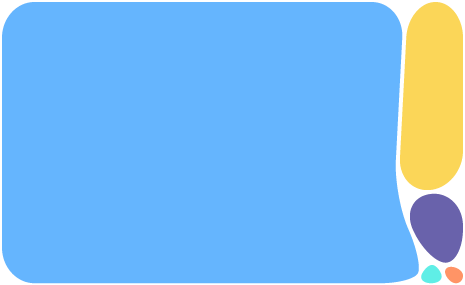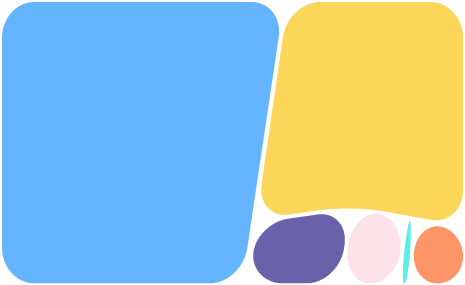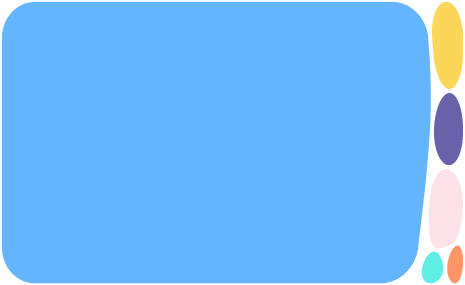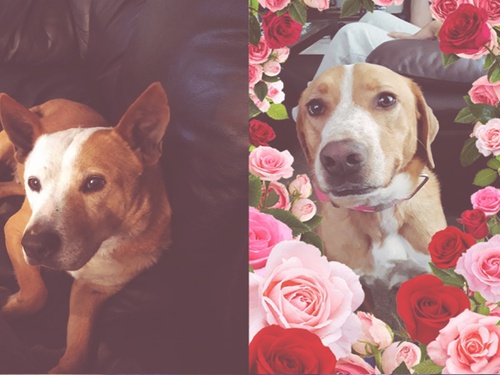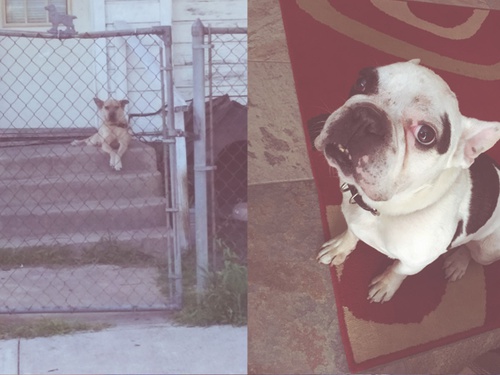J and I share one DNA segment, in chromosome 5. We have a total of 0.29% shared DNA. Based on this, it can be inferred that we are 4th cousins so we might have a common ancestor approximately 5 generations ago.
Many members of her family have had an ancestry genetic test. It is very important for her to understand her family history. Her mother and mother siblings are from Coahuila, Mexico. He has ancestors from Spain whose history they already know, however J suspected that his family also has an Arab or Indian background. The genetic ancestry test confirms it, now his mother's siblings want the test too.
We talked about our families, our immediate relatives and more distant stories, for example, Pancho Villa was present in one of her stories not because she was related to him but because one of her great-grandfathers used to work for him.
JV has also participated in research projects carried out in the Hispanic population studying diabetes for example. She considers it important to participate in these studies because the knowledge they generate can shed light on our population and help educate our families.
We reflect on the complexity of biology and the importance of these studies, but we also reflect on whether or not a genetic ancestry test can tell us “who we are and where we come from”, we reflect on whether or not genetic information can give us information about our identity.
We were both very excited about sharing our maternal haplogroup, a Native American haplogroup, based on our mitochondrial DNA. It is possible that we are related from our maternal line. Mitochondrial DNA is a very small portion of the genome which is passed from mother to daughter to granddaughter all the way down to the present-day individual.
We share our passion for research, she has been participating in research projects for veterinarian applications so we ended up talking about our dogs, hers are Coco, Patch and Cupcake and mine is Jack. We talked about our children too. It was like talking to a close relative that you know for a long time.
Belongingness for J is sharing something with someone else, it is a continuous give and receive, sharing what we are… humans.

